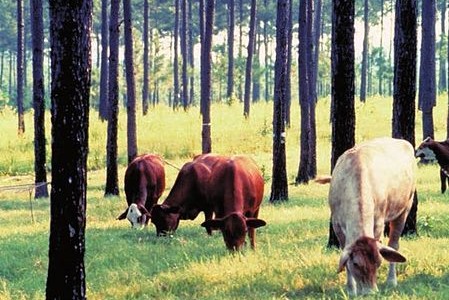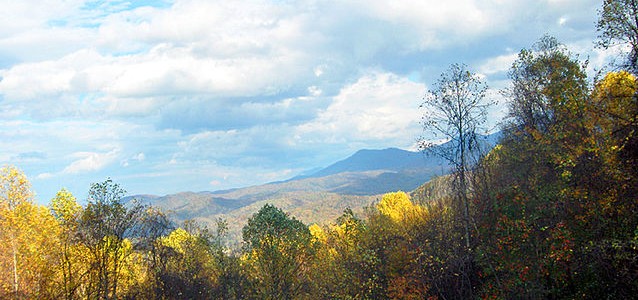Forests
-

The Forest Service’s Southern Research Station has produced a new map for the United States which shows the extent of forested plots that have at least one invasive species present. The study that the map is based on shows that in Southeastern forests, about 39 percent of all the plots tested had at least one…
-

According to the Southeast Regional Climate Hub, the PINEMAP DSS (decision support system) is now available online. According to SERCH, it is “a map-based collection of climate and forest productivity web tools designed to provide region-wide information on likely future climate risks, opportunities, and impacts on southern pines at the watershed scale.” The goal is…
-

The Southeast Regional Climate Hub has released a new blog post by John Hastings, NCSU, on the impacts of changing climate on loblolly pine in the Southeast. This is the first of a two-part report on climate impacts on the most commercially important tree species in the region. You can read it at https://globalchange.ncsu.edu/serch/climate-vulnerabilities-of-loblolly-pine-part-i-temperature/.
-

“Silvopasture” is the combination of growing trees, forage and livestock together. The USDA National Agroforestry Center has put together a great list of resources online that describe how silvopasture works and what things agricultural producers need to consider if they are thinking about converting. There are also some useful worksheets that help you determine if…
-

Since today is the first day of fall, the Southeast Regional Climate Center has provided a page with links to foliage reports across the area and the country. You can visit it at https://www.sercc.com/foliage.
-

The Southeast Regional Climate Hub has produced a new comprehensive document describing the Southeast’s vulnerability to changing climate and methods for adapting to and mitigating for the effects of those likely changes. It includes impacts on crops, livestock, and forests across the region. You can read the document at https://climatehubs.oce.usda.gov/sites/default/files/Southeast%20Vulnerability%20Assessment%20Final.pdf.
-

NOAA published an article today describing some recent research on the number of large fires are likely to occur by mid-century with projected warming. Most of Florida, southern Georgia and Alabama, and the coastal Carolinas are all expected to see significant increases in the number of weeks with very large fires. Smaller increases are expected…